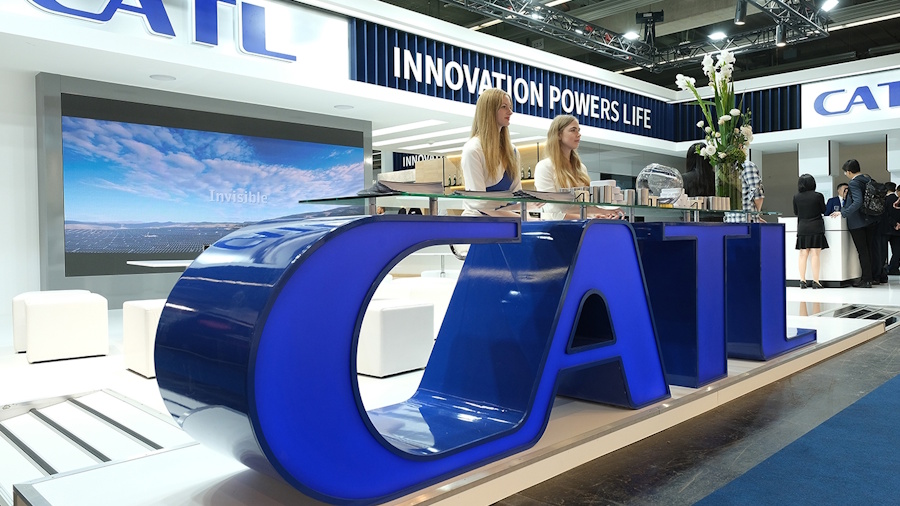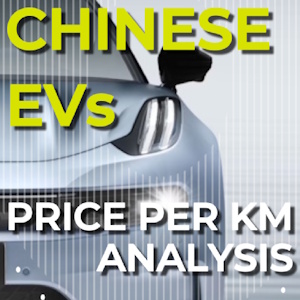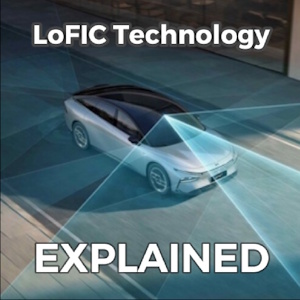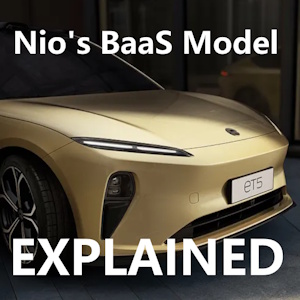CATL (Contemporary Amperex Technology Co. Ltd.), the world’s largest battery manufacturer, is positioning itself to lead the global battery-swapping revolution, even as many European EV buyers remain skeptical of the concept. While battery swapping has already become an established part of the EV ecosystem in China, European consumers are still cautious, preferring the familiarity of home and public charging networks. Despite this hesitation, CATL believes its approach could eventually transform how drivers across the world power their vehicles.
Table of Contents
- CATL is Betting Big on ‘Choco Swap’ Technology
- ‘Choco Swap’ Service Is Already Available in China
- European Attitudes Toward Battery Swapping
- Nio’s Battery-Swap System: Experience Meets Scale
- What It Means for the EV Industry
- Battery Swapping in Europe: Pros and Cons
- FAQ
CATL is Betting Big on ‘Choco Swap’ Technology
At a recent event in Shanghai, CATL showcased its advanced “Choco Swap” technology—a fully automated system capable of replacing a depleted battery in just 70 to 80 seconds. The company claims a 99.99% success rate, which could make it one of the most reliable solutions in the industry.

Unlike traditional charging infrastructure, CATL’s system is built around modular battery packs designed to fit multiple car brands and models. These come in several configurations (42 kWh and 56 kWh lithium iron phosphate (LFP) packs, and 52 kWh and 70 kWh nickel-cobalt-manganese (NCM) options) supporting driving ranges between 400 km and 600 km (250–370 miles, CLTC standard).
Each Choco Swap station currently holds 14 battery packs, but future versions will store up to 30, covering vehicles with wheelbases between 2.55 m and 3.10 m. The company aims to deploy one swap station every 3–5 km in major cities, enabling fast and convenient battery exchanges.
‘Choco Swap’ Service Is Already Available in China
CATL already operates more than 500 choco swap stations in 34 Chinese cities, with plans to expand to 1,000 by the end of this year and over 4,500 by 2027. Through partnerships with global automakers such as BMW, Ford, Volkswagen, and Stellantis, the company is preparing to introduce its technology to Europe, where it faces not only regulatory and logistical hurdles but also the challenge of changing driver habits.
CATL’s business model separates the battery cost from the vehicle purchase, allowing drivers to buy an EV at a lower price and then subscribe to a flexible battery service. This system also supports “battery-to-grid” functionality, where swapped batteries can contribute to energy storage and help balance the electrical grid.
Although battery swapping offers clear advantages in speed and convenience, it requires major investment and relies on wide industry cooperation. CATL hopes that its standardized, scalable approach will make the technology appealing to automakers and fleet operators, and eventually, to private drivers.
European Attitudes Toward Battery Swapping
In Europe, the idea of battery swapping is going to be an uphill battle. Most EV buyers are accustomed to the simplicity of plugging in at home overnight or using well-developed public fast-charging networks. For many, the notion of not owning their car’s battery raises concerns about long-term costs, compatibility, and residual vehicle value.
European drivers also tend to view the battery as part of the vehicle’s identity, unlike in China, where battery ownership has become more flexible through services like Nio’s Battery-as-a-Service. This cultural difference has made Europeans slower to adopt battery-leasing or swapping models.
>Related: NIO’s “Battery as a Subscription” (BaaS) Model — Explained
However, attitudes may be starting to shift. As urbanization increases and more people move toward shared mobility and subscription-based ownership, the idea of swapping batteries (much like refuelling) could become more attractive. Fleets, delivery companies, and taxi services in particular stand to benefit, as downtime for charging can be significantly reduced.
Industry experts note that for battery swapping to gain traction in Europe, it will require strong collaboration between manufacturers, energy providers, and governments, along with standardized platforms that work across multiple brands. CATL’s modular approach, paired with its scale and existing partnerships, might just be the bridge that makes swapping viable beyond China.
Nio’s Battery-Swap System: Experience Meets Scale
Nio remains the best-known name in battery swapping, with its Battery-as-a-Subscription model (also called Battery-as-a-Service) now active in several European countries. Its Power Swap Stations can exchange batteries in around three minutes, with the latest versions performing up to 480 swaps per day.

Nio drivers can purchase their vehicles without a battery and subscribe to a monthly service that covers usage, maintenance, and upgrades. This allows them to switch between different battery sizes depending on their driving needs, a flexibility few EV owners currently enjoy.
>Related: Nio EVs Available in Europe
With CATL supplying batteries to many brands and Nio leading in practical deployment, the two Chinese giants could collectively redefine the European charging landscape if consumer sentiment gradually warms up to the idea.
What It Means for the EV Industry
Battery swapping could become one of the defining technologies of the next phase of EV adoption. While ultra-fast charging continues to advance, swapping completely removes waiting time, which is a compelling advantage for especially for commercial fleets.
If CATL’s network expands as planned, it could reshape how European drivers view battery ownership. Combined with Nio’s growing presence, battery swapping might evolve from a niche concept into a mainstream alternative to traditional charging.
Still, success will depend on consumer trust and widespread cooperation between automakers and regulators. For now, Europe remains cautious but curious, watching closely as China continues to prove that swapping can work at scale.
Battery Swapping in Europe: Pros and Cons
Battery swapping adoption in Europe comes with both advantages and challenges. While it can drastically reduce downtime for drivers and fleets, European consumers remain cautious due to concerns about battery ownership, compatibility, and reliance on specific networks. The table below summarizes the main pros and cons of battery swapping from a European perspective.
| Pros | Cons |
|---|---|
| Speed: Battery replacement in under 3 minutes. | Limited Availability: Few stations outside major cities. |
| Reduced Charging Time: No waiting for charging to complete. | Ownership Concerns: Many European drivers prefer owning their battery rather than subscribing. |
| Flexible Battery Options: Ability to choose battery size based on needs. | Compatibility Issues: Not all EVs are compatible with swapping stations. |
| Potential Cost Savings: Lower upfront vehicle cost without battery purchase. | Infrastructure Costs: High investment required for station setup. |
| Energy Storage Benefits: Swapped batteries can contribute to grid stability. | Market Readiness: European market may not be ready for widespread adoption. |
| Reduced Downtime for Fleets: Particularly beneficial for taxis and delivery vehicles. | Perception of Monopoly: Customers may feel locked into specific brands or networks. |
| Subscription Flexibility: Batteries can be upgraded or swapped for different capacities. | Skepticism of Long-Term Value: Uncertainty about battery performance and depreciation when not owned. |
| Environmental Benefits: Potential to optimize battery use and lifecycle. | Cultural Resistance: European drivers may be hesitant to adopt a system that differs from traditional EV charging habits. |
FAQ
Q: Why are European drivers skeptical about battery swapping?
A: Many European EV owners prefer home charging and value battery ownership. Concerns about compatibility, vehicle resale value, and long-term costs contribute to skepticism.
Q: Which European EV drivers could benefit most from swapping?
A: Fleet operators, taxi services, and delivery companies could gain the most, as battery swapping drastically reduces downtime compared to charging.
Q: Will CATL bring its battery-swapping technology to Europe?
A: Yes. CATL is in talks with major European automakers and energy partners to introduce its modular “Choco Swap” stations in key markets.
Q: How does CATL’s approach differ from NIO’s?
A: CATL focuses on standardized battery modules that can serve multiple brands, while NIO’s system is specific to its own vehicles under the BaaS subscription model.
Q: Could battery swapping replace fast charging in Europe?
A: Not entirely. It’s more likely to complement fast charging, serving fleets and high-mileage users who prioritize speed and flexibility over convenience at home.










